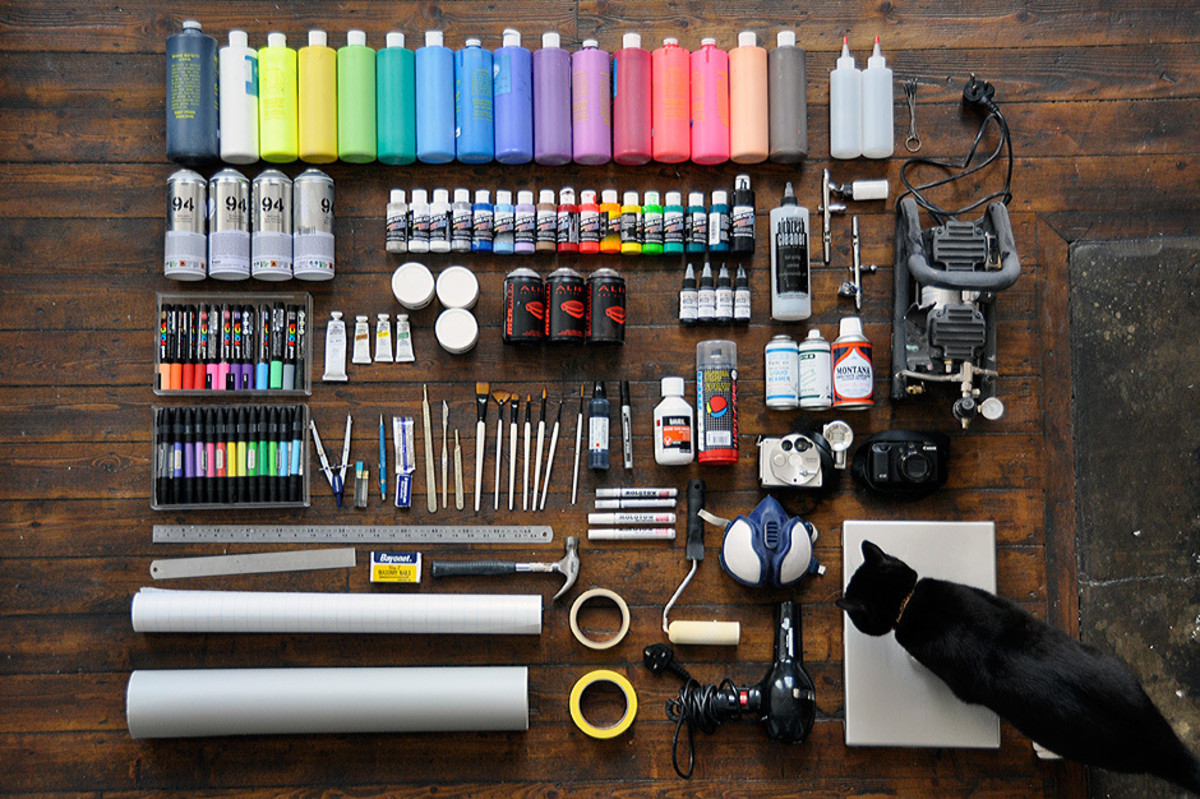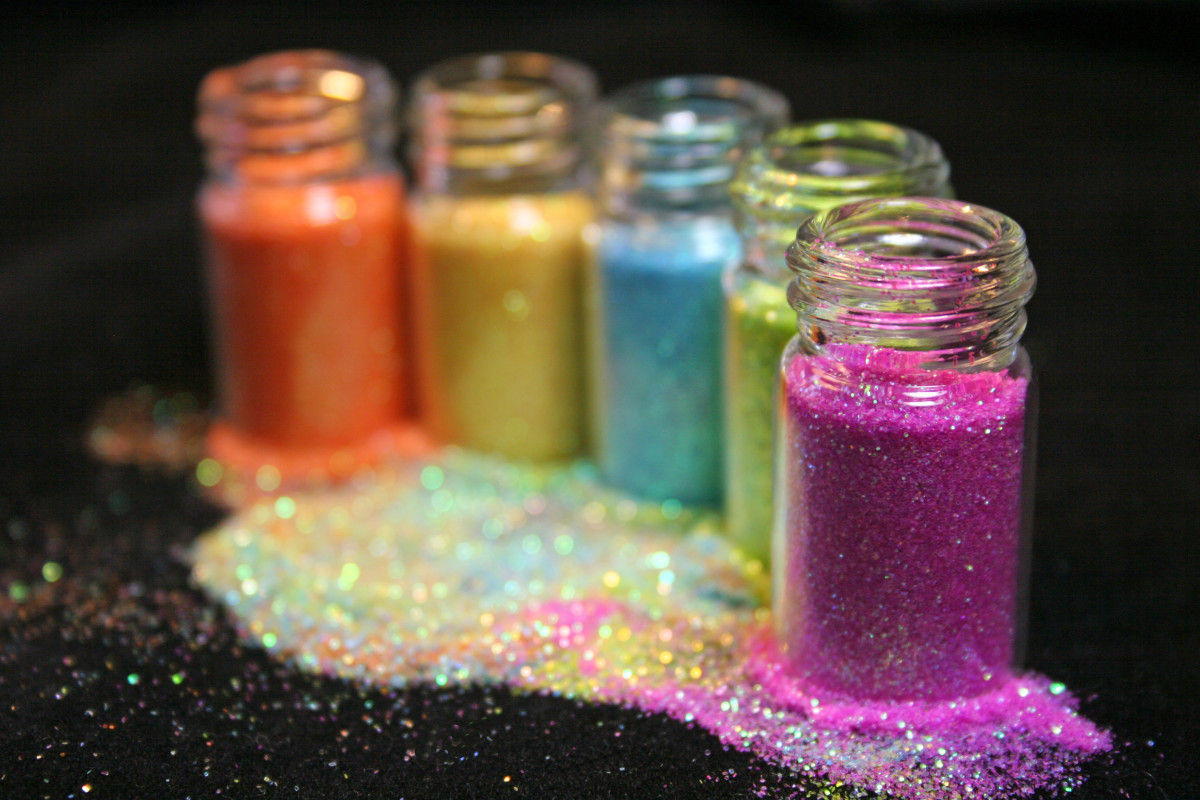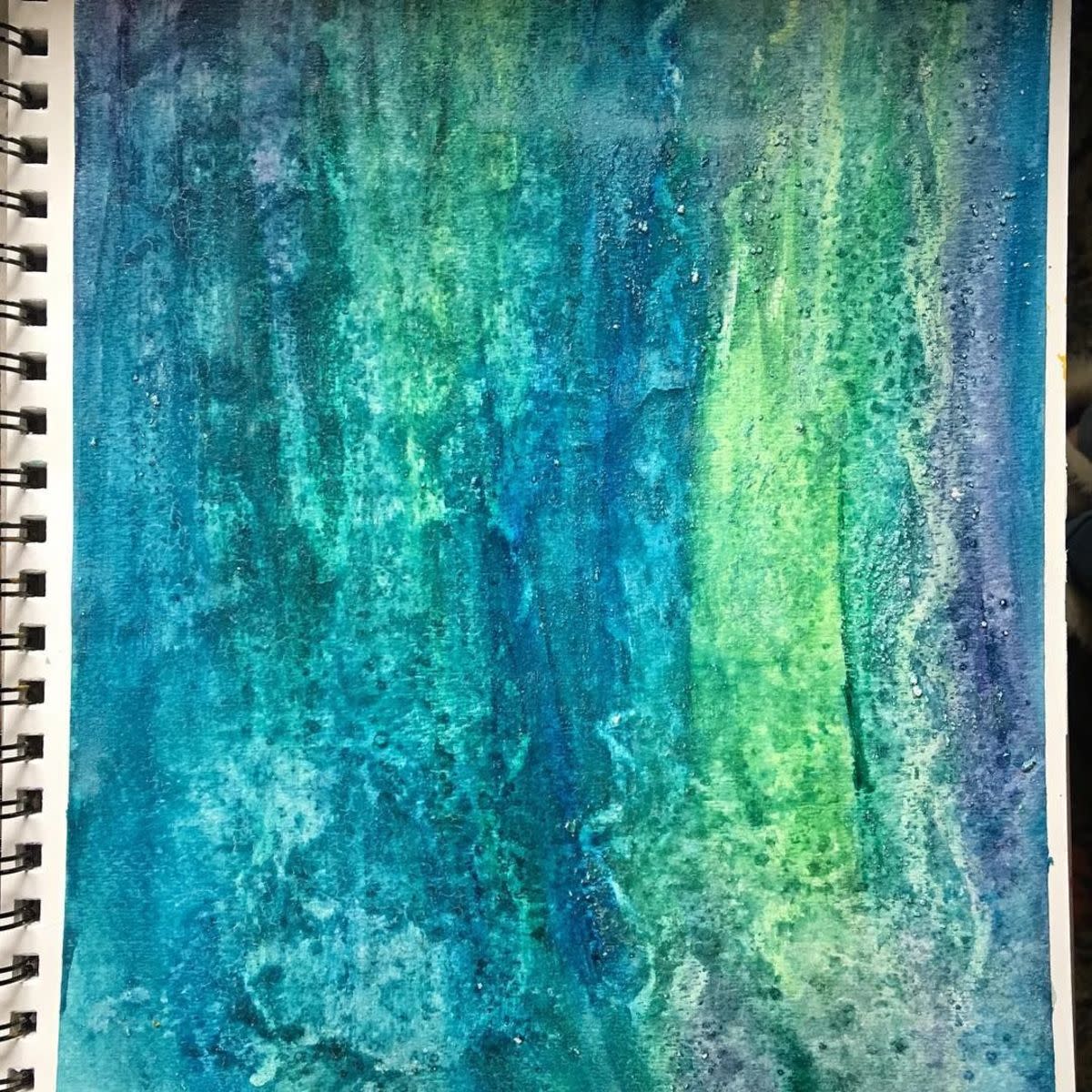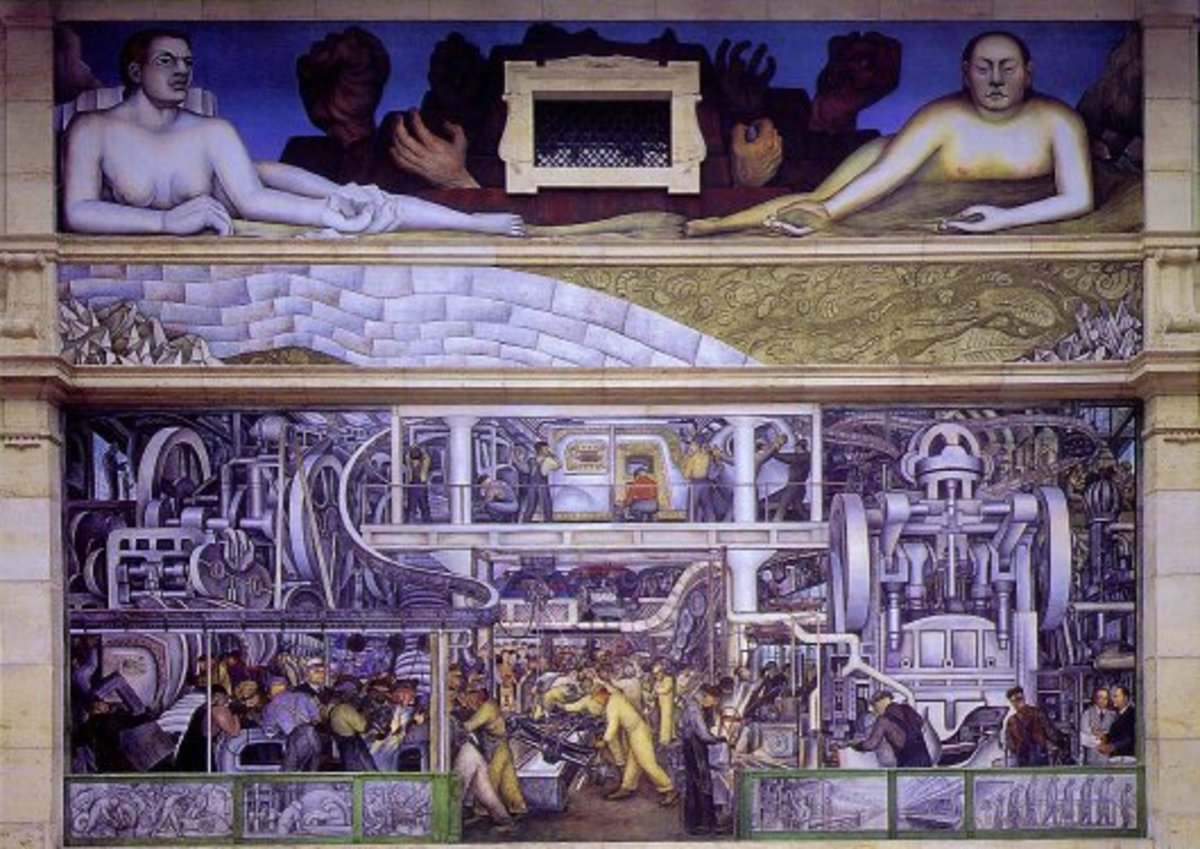Techniques When Using Markers to Color Graffiti
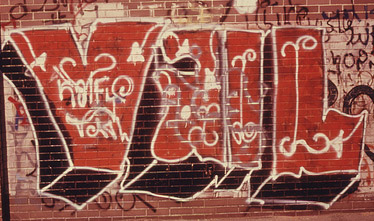
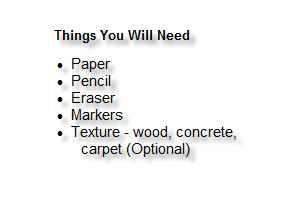
Just as real graffiti relies on vibrant paints, using markers with bright colors will make your graffiti art pop. There are three important styles in graffiti; tag, blockbuster and wild. Tag is the quickest and most basic style since it is used to promote the artist’s name. Tagger’s first apply color and then outline the color with letters. The blockbuster style is letters created with block lettering and are used for large areas. The wild style is more creative and harder to read since the lettering is highly blended and decorated.
7 Techinques
- When coloring graffiti with markers choose bright colors that will pop out. Use colors that are different next to each. If using the same color, adjust the saturation like green next to a lighter green.
- Lay out line thickness and shadows with a pencil to be able to see how it will look. Pencils allow for adjustments by erasing such as making the lines smaller or lighter. Markers are permanent and lines and colors will not be able to be taken away from.
- Start with lighter shades, mid shades and then darker shades. Lighter shades may be colored over but darker shades cannot be taken away from.
- Use a large tip for most areas to prevent streak and excess wear on a small tip. Create thin or medium lines by using the side of the larger tip.
- Remove the marker from the paper, when not moving, to prevent creating dark lines from an inactive marker.
- Add texture by placing different types of materials under the paper such as wood, concrete or carpet and then move a marker back and forth on top of the paper. Try out on scrap paper first to determine if you like it.
- Use a stippling or pointillism effect by adding lots of dots to fill in a shape.
Work Cited
- Styles of Graffiti
- Coloring tips @ Graffiti Diplomacy - Crayons, Colored Pencils, & Magic Markers
Free graffiti coloring tips for beginners that you can download and print. Complimentary colors make graffiti letters that pop...mix mediums to achieve exciting results... - Dragon Paint Art Tutorials - Coloring with Markers
Copic Marker Information
- The Copic Numbering System
Have you ever wondered what all of those letters and numbers mean on copic markers? - Copic Marker Techniques
There are many things you can do with Copic markers. These markers can be used to make cartoony drawings or extremely realistic drawings. The possibilities truly are endless


